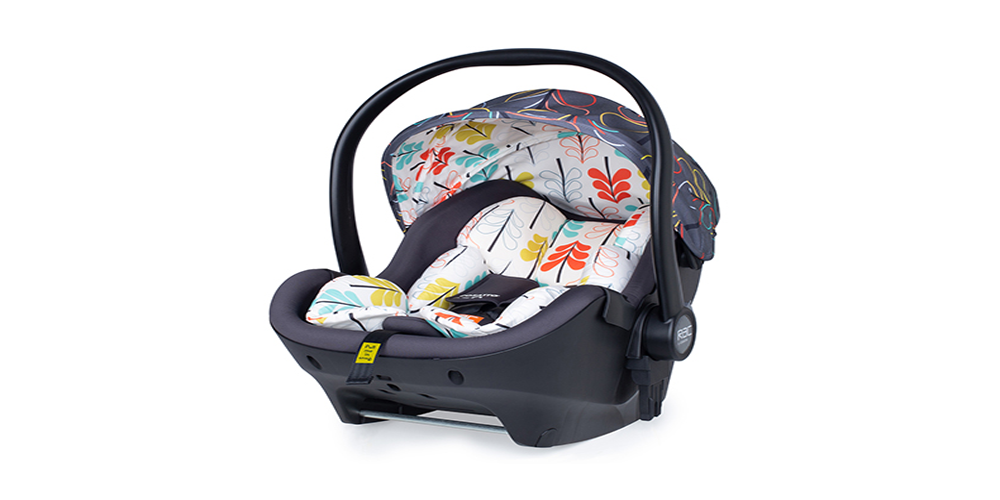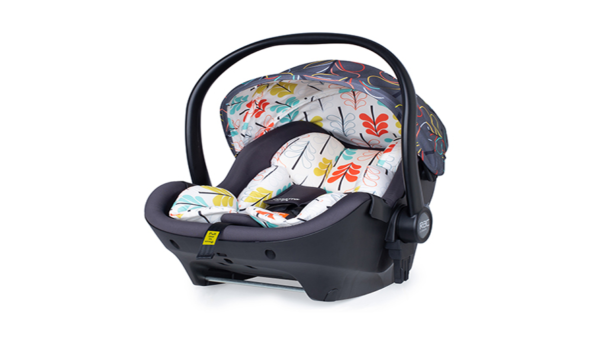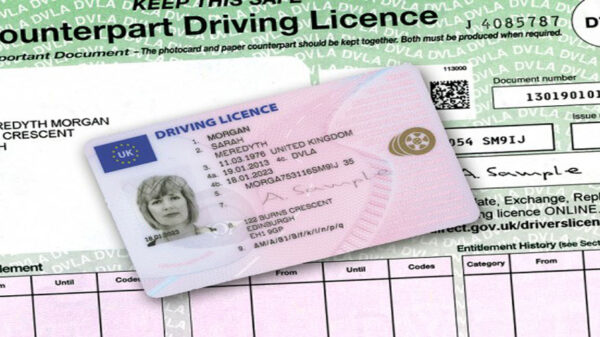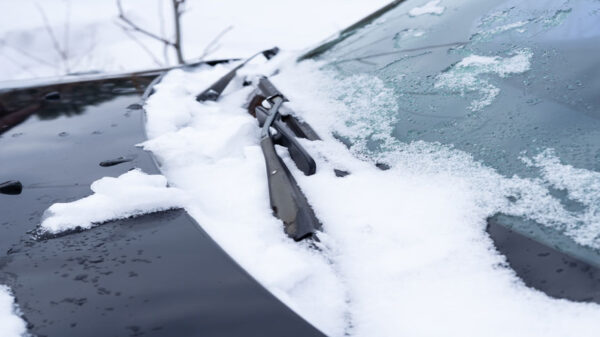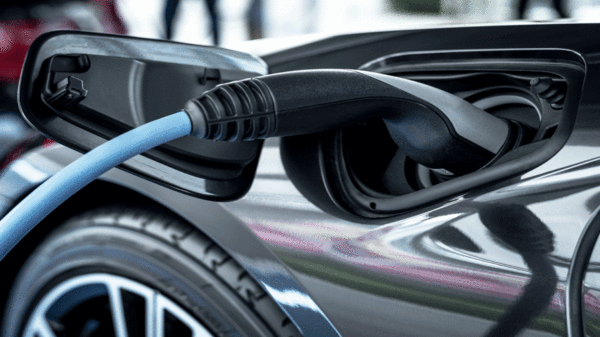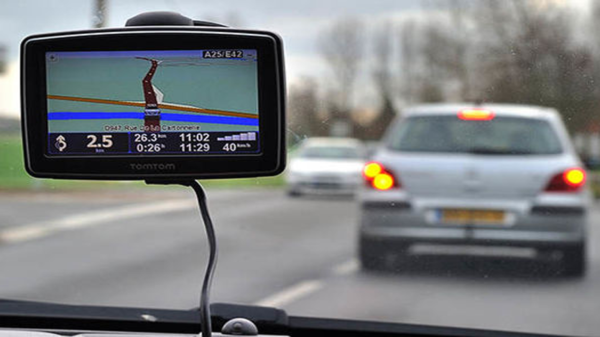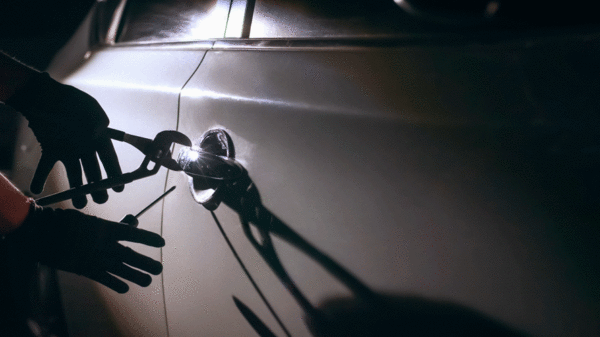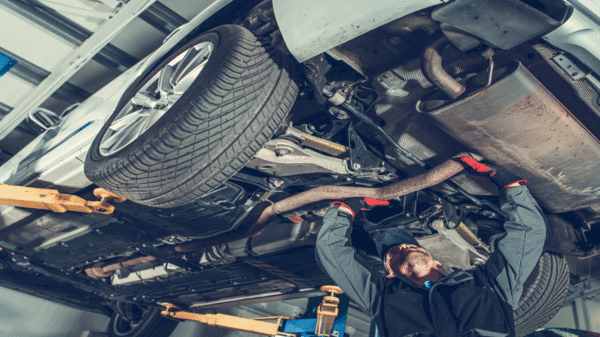As we approach Spring, then this is as a season of renewal and transition, it’s an ideal time to ensure that your vehicle is ready to handle the changing conditions. Winter often takes a toll on vehicles, from the cold temperatures affecting various components to the corrosive nature of road salt. Preparing your car for the spring can help you avoid potential issues and ensure a smoother driving experience. Here’s a comprehensive guide on getting your vehicle ready for the spring season.
1. Exterior Care
Wash and Wax: Winter can leave a layer of grime and salt residue on your car’s exterior. Start by giving your vehicle a thorough wash to remove dirt and salt buildup. Follow it up with a wax to protect the paint from the upcoming spring elements.
Inspect for Damage: Check for any scratches, dents, or rust that might have developed during the winter. Addressing these issues early can prevent them from worsening and causing more significant problems in the future.
Clean the Undercarriage: Winter roads are often covered in salt and de-icing chemicals, which can accumulate on the undercarriage and cause corrosion. Use a high-pressure washer to clean the underside of your car, paying special attention to the wheel wells and suspension components.
2. Tyre Maintenance
Check Tyre Pressure: Fluctuating temperatures can affect tyre pressure. Ensure that your tyres are inflated to the recommended levels to improve fuel efficiency, handling, and tyre longevity.
Inspect Tread Depth: Winter driving can wear down tyre treads. Check the tread depth and consider replacing tyres if they are worn out. Adequate tread depth ensures better traction on wet roads.
Rotate Tyres: Rotating tyres regularly promotes even wear and prolongs there lifespan. Spring is a good time to do this if you haven’t recently.
3. Fluids and Filters
Change Oil and Filters: Regular oil changes are essential for engine health. Consider changing the oil and replacing the oil filter if needed. Also, inspect and replace other filters, such as air filters and fuel filters, if they are dirty or clogged.
Check Fluid Levels: Ensure that all fluids—coolant, brake fluid, transmission fluid, and windshield washer fluid—are at the proper levels. Top them off or replace them if necessary.
4. Battery and Electrical Components
Test the Battery: Cold weather can take a toll on car batteries. Test your battery’s charge and clean the terminals. If the battery is weak or nearing the end of its lifespan, consider replacing it to avoid unexpected breakdowns.
Inspect Lights and Wipers: Ensure all exterior lights are functioning properly, including headlights, taillights, brake lights, and turn signals. Replace any bulbs that have burned out. Also, check wiper blades for wear and tear, replacing them if they leave streaks or show signs of damage.
5. Mechanical Check-Up
Brake Inspection: Winter driving can be tough on brakes. Have a professional inspect the brake pads, rotors, and brake fluid to ensure everything is in good working condition.
Suspension and Alignment: Potholes and rough roads during winter can affect the suspension and alignment of your vehicle. Get them inspected and aligned if necessary for optimal handling and tire wear.
Check the HVAC System: With warmer weather approaching, ensure your air conditioning system is working correctly. Test it to make sure it’s cooling effectively and consider having it serviced if needed.
6. Emergency Kit
Update Emergency Supplies: Remove any winter-specific items from your emergency kit and replace them with spring essentials like extra water, sunscreen, and a first aid kit. Make sure your roadside assistance kit is fully stocked and up-to-date.
By following these steps, you can ensure that your vehicle is in top shape and ready to tackle the spring season with ease and reliability. Remember, regular maintenance and timely inspections can go a long way in preventing costly repairs and keeping you safe on the road. Happy spring driving!
7. HVAC System Maintenance
As temperatures rise, your car’s air conditioning becomes crucial for comfort during drives. Ensure the system is working optimally by checking the air filters and cleaning or replacing them if clogged. If you notice any strange smells or insufficient cooling, it might be time for a professional check-up to identify and resolve any issues.
8. Wheel Alignment and Suspension
Winter roads often feature potholes, icy patches, and rough surfaces that can throw off your vehicle’s alignment or cause suspension damage. Uneven tire wear or steering pulling to one side indicates potential alignment issues. Get your car professionally aligned to improve handling and prevent premature tire wear.
9. Detailed Interior Cleaning
Spring is an excellent time for a thorough interior cleanup. Remove clutter, vacuum the carpets and seats, and wipe down surfaces. Don’t forget to clean the windows and mirrors to improve visibility. Consider using specialized products for leather or fabric surfaces to maintain their condition.
10. Check Belts, Hoses, and Fluids
Inspect the condition of belts and hoses under the hood. Cold weather can cause them to become brittle or cracked. Replace any that show signs of wear to prevent potential breakdowns. Additionally, check all fluid levels, including coolant, brake fluid, and transmission fluid. Ensure they’re at the appropriate levels and free of contaminants.
11. Sunroof and Convertible Top Care
For vehicles equipped with sunroofs or convertible tops, spring marks the season to inspect, clean, and lubricate these mechanisms. Check for leaks or damage, and clean the tracks to prevent malfunctions or water leaks during spring showers.
12. Protect Against Pollen and Allergens
Springtime brings pollen, which can find its way into your car’s interior. Consider using cabin air filters to reduce allergens and keep pollen from entering your vehicle. Regularly cleaning the interior surfaces can also help minimize the impact of allergens.
13. Check for Recalls and Updates
Stay updated on any recalls or manufacturer updates related to your vehicle. Sometimes, manufacturers issue recalls for certain parts or systems. Ensure your car is up-to-date with any necessary repairs or modifications to maintain safety and performance standards.
14. Prepare for Rainy Weather
Spring often brings increased rainfall. Ensure your windshield wipers are in good condition and effectively clear your windshield. Consider applying a water-repellent treatment to improve visibility during heavy rain.
15. Review Insurance and Documentation
Check your insurance policy and vehicle documentation for expiration dates. Ensure everything is current, including registration, insurance coverage, and inspection, to avoid any potential legal or financial issues.
Spring offers a great opportunity to give your vehicle the attention it needs after the harsh winter months. Regular maintenance and proactive checks can contribute to a smooth and safe driving experience throughout the changing seasons. Remember, if you’re unsure about any aspect of vehicle maintenance, seeking professional assistance ensures comprehensive care for your vehicle.






